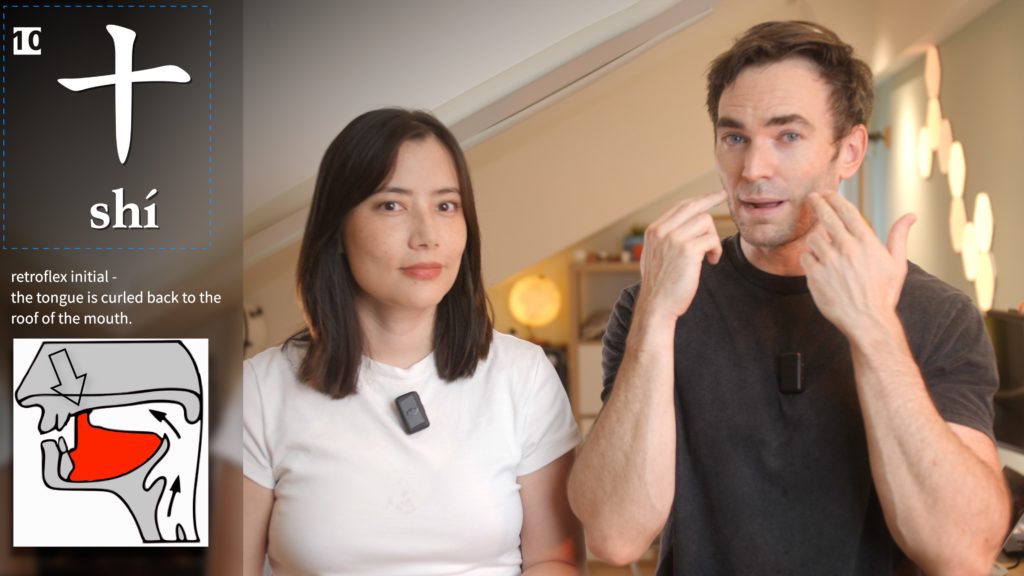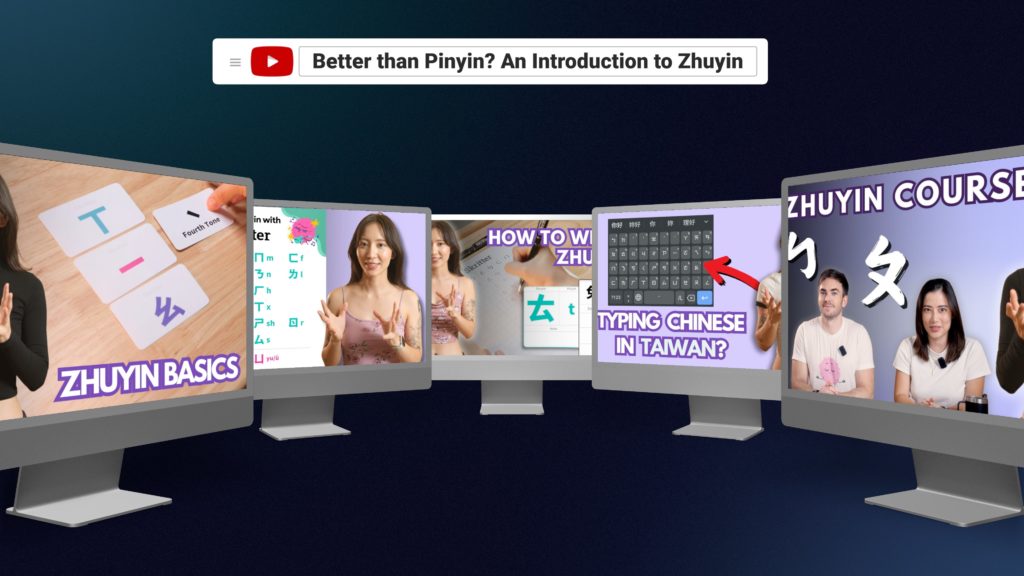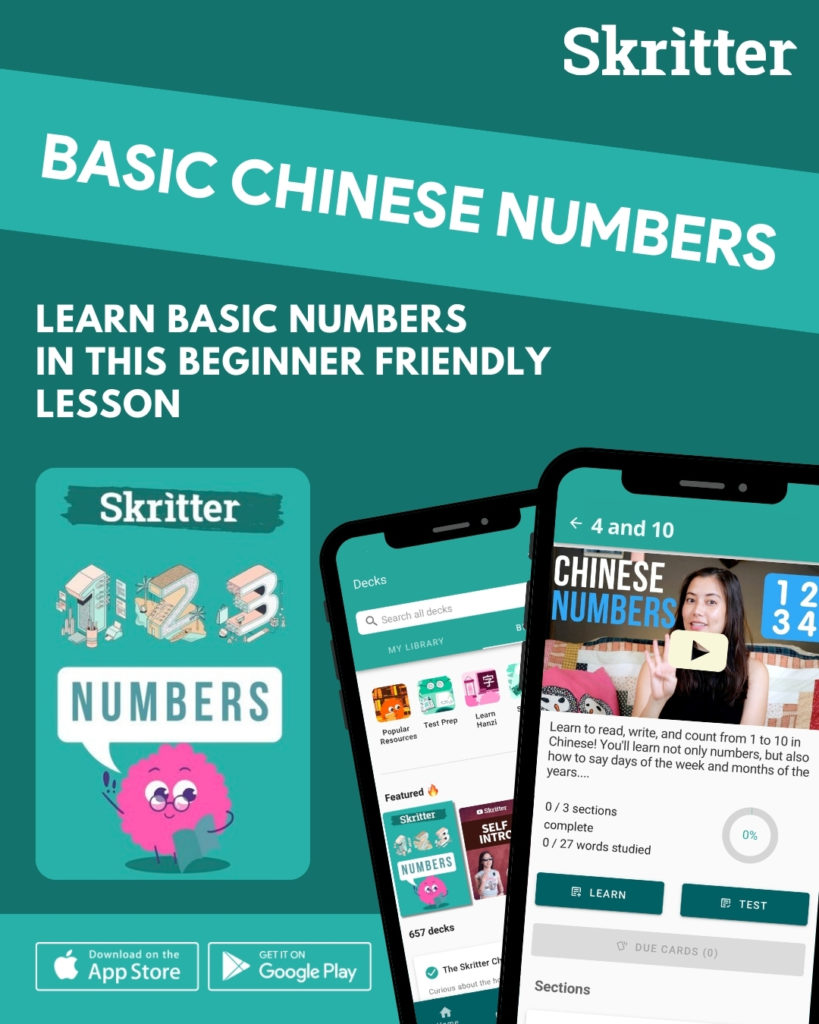Have you ever felt like your Mandarin tones are pretty good, but then simple numbers completely trip you up? You’re not alone. The numbers four and ten are a classic stumbling block for learners (and even native speakers!).
Today, we’re putting our skills to the test with a famous Chinese tongue twister, or 绕口令 (繞口令, ràokǒulìng). This specific one challenges your ability to correctly pronounce 四 (sì, four) and 十 (shí, ten), something many of us, especially in Taiwan, famously struggle with.
Ready to try it?
The Tongue Twister
Here is the challenge. Read it out loud and see how you do!
四是四,十是十,
sì shì sì, shí shì shí,
十四是十四,四十是四十;
shísì shì shísì, sìshí shì sìshí;
谁把十四说”十适”,就打他十四;
shéi bǎ shísì shuō “shíshì”, jiù dǎ tā shísì;
谁把四十说”适十”,就打他四十。
shéi bǎ sìshí shuō “shìshí”, jiù dǎ tā sìshí.
Translation:
Four is four, ten is ten,
Fourteen is fourteen, forty is forty;
Whoever says fourteen as “shíshì,” will be hit fourteen times;
Whoever says forty as “shìshí,” will be hit forty times.

Study the deck on Skritter. Download our app on iOS or Google Play. Open Directly in Skritter here.
Why Is It So Tricky?
The difficulty comes down to the subtle but crucial differences in tone and tongue placement. Let’s break it down.
- 四 (sì): The number four is a sharp, falling 4th tone. To pronounce it correctly, your tongue should be flat and pointed towards your front teeth. This allows the air to flow out, creating a quick, hissing sound that drops from a high to a low pitch.
- 十 (shí): The number ten uses a rising 2nd tone. The initial sound is retroflex, which means you need to curl the tip of your tongue up towards the roof of your mouth.

| Character (Sim/Trad) | Pinyin | English |
| 四 / 四 | sì | four |
| 十 / 十 | shí | ten |
| 是 / 是 | shì | is, am, are |
| 绕口令 / 繞口令 | ràokǒulìng | tongue twister |
Your Turn to Try!
Now that you understand the theory, it’s time to practice. Give the tongue twister another try. If you’re feeling brave, record yourself and tag us on Instagram @skritterchinese—we’d love to see your attempts!

How Skritter Helps You Master Tones
If you’re tired of just tapping numbers to guess tones, Skritter offers a better, neuroscience-backed way to learn.
Unlike other apps where you passively select a tone, Skritter uses a unique gesture-based system that builds deep, procedural “muscle” memory. You actively recall and trace the tone shape with your finger.
- 1st Tone: high flat line
- 2nd Tone (shí): A quick flick up.
- 3rd Tone: A dipping “v” pattern.
- 4th Tone (sì): A sharp flick down.

This method incorporates multi-sensory learning, engaging your visual, auditory, and kinesthetic senses. It moves your knowledge of tones from an abstract fact into a deeply ingrained skill.
You can try it yourself with our Free Numbers Deck. In the app, you can isolate tone practice by turning off the writing and definition settings. Use our gesture-based canvas to test your tone mastery. Give it a try and feel the difference!

Study the deck on Skritter. Download our app on iOS or Google Play. Open Directly in Skritter here.

